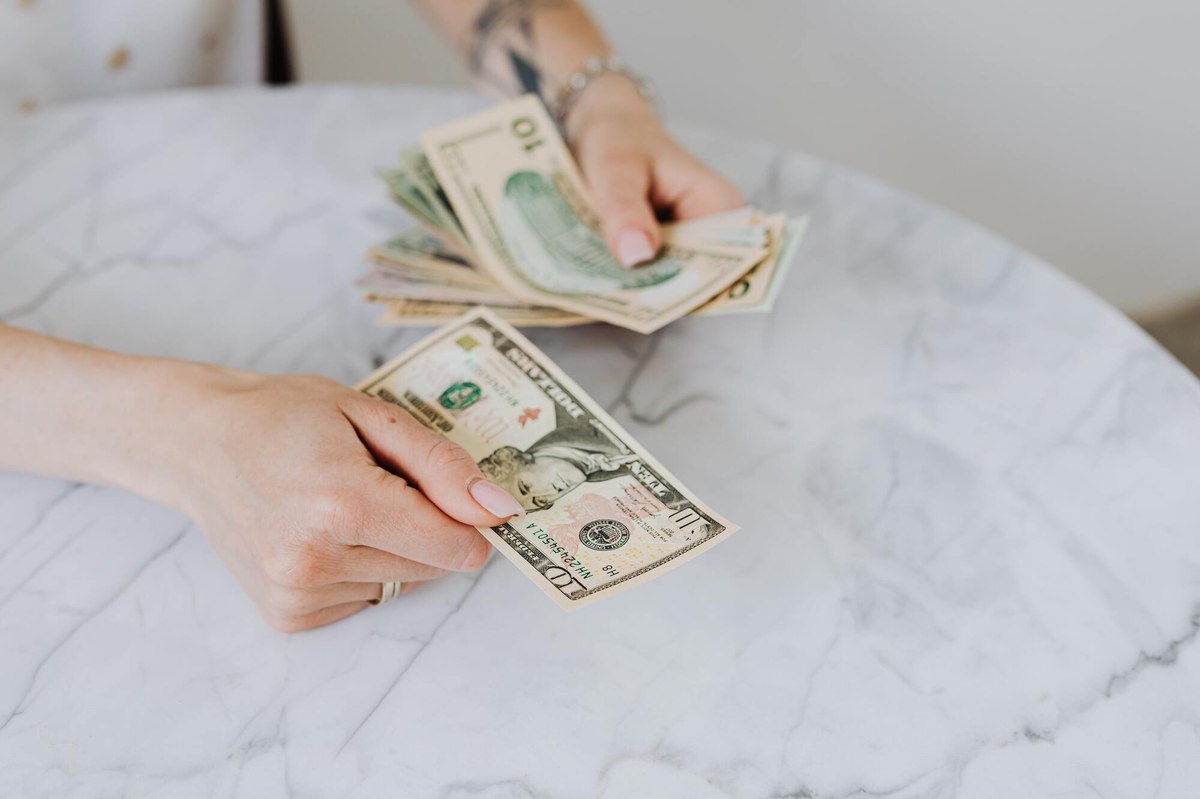
How much does the average American have in savings?
Updated with 2025 data
Nearly half of Americans consider themselves financially secure (45%), but many still struggle to build savings. According to YouGov Profiles data, one in five Americans have less than $100 in their savings accounts (19%). Additionally, 3% of consumers report having no savings at all. Overall, a quarter of Americans (27%) have less than $500 set aside.
Women remain more likely than men to have lower savings balances. While 15% of men have less than $100 in savings, this figure rises to 23% among women. The gap is also evident among those with significant savings: 7% of men report having more than $100,000 in savings, compared to just 4% of women.
Many Americans with little to no savings anticipate worsening financial conditions. Among those with less than $100 in savings, 29% say their financial situation has worsened in the past month, compared to just 13% who believe it has improved.
For those with $1,000 to $4,999 in savings, 14% expect their financial situation to improve, while 11% foresee a decline. At the higher end of the spectrum, 8% of those with $100,000 or more in savings expect their financial situation to improve, while 3% expect it to worsen. Despite having substantial savings, this group’s outlook is not dramatically different from those with less financial security.
Methodology: YouGov Profiles is based on continuously collected data and rolling surveys, rather than from a single limited questionnaire. Profiles data for the US is nationally representative and weighted by age, gender, education, region, and race.